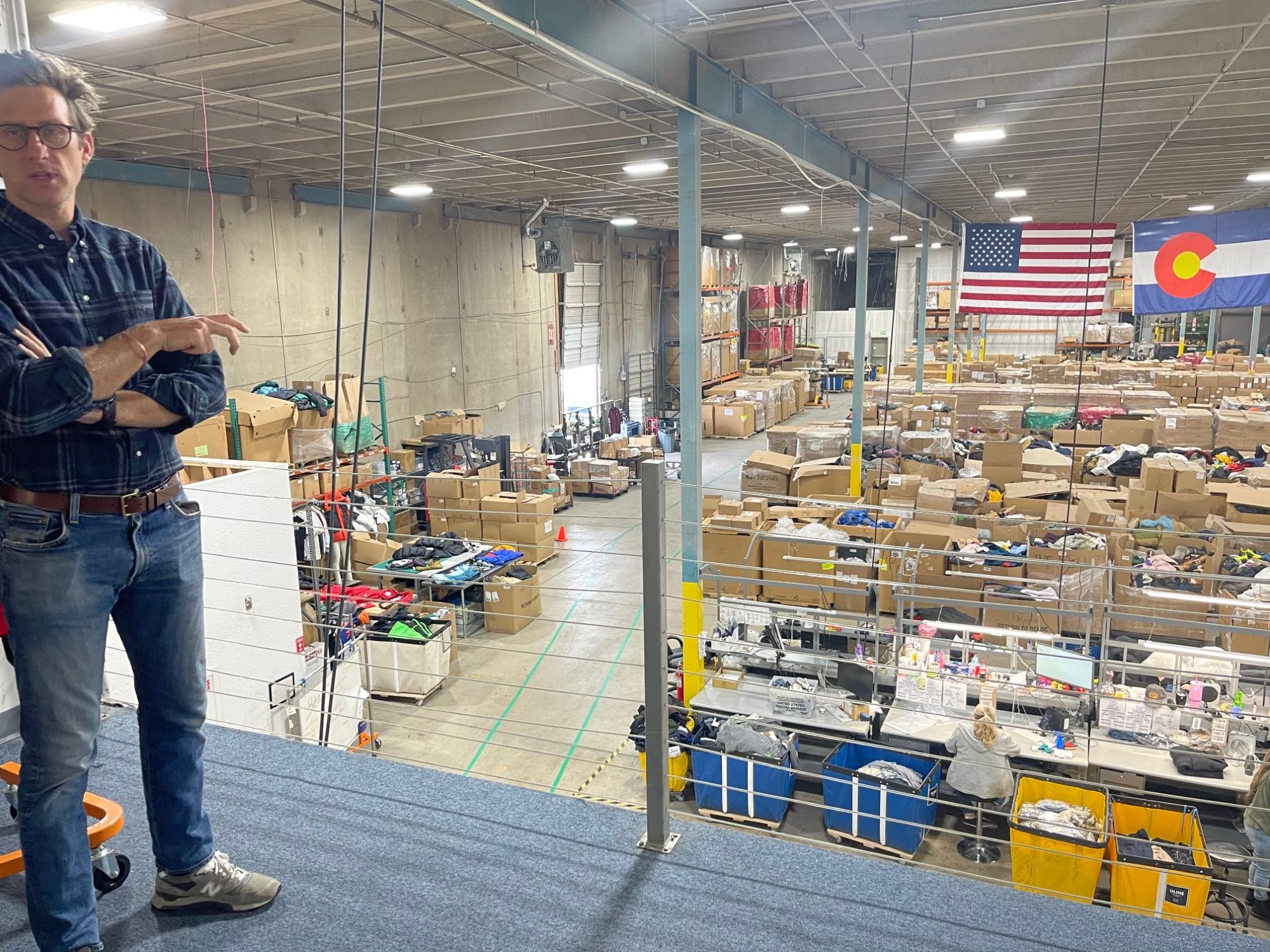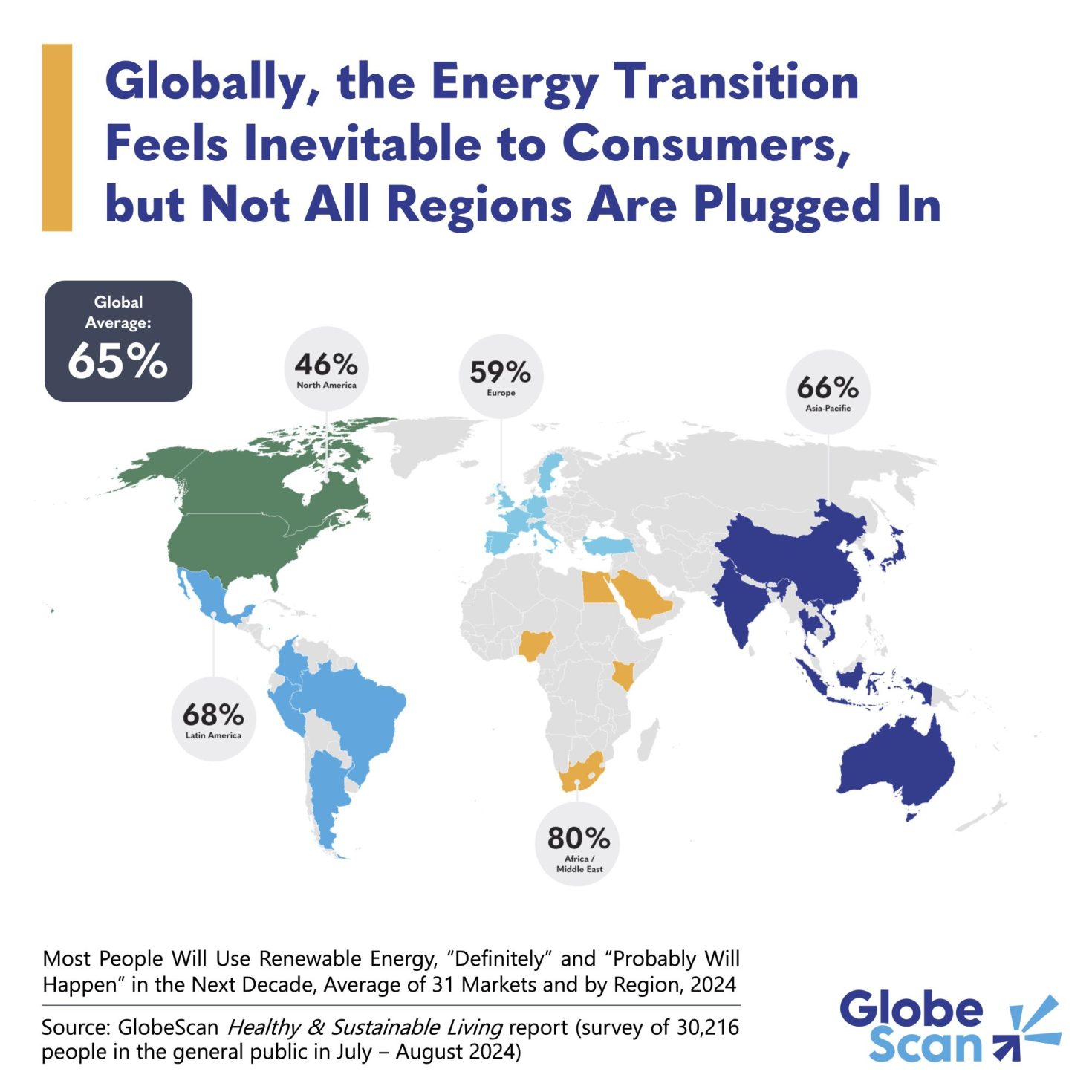How to effectively respond to environmental rollbacks
Traditional approaches to stop environmental rollbacks aren't working. Here's what will. The post How to effectively respond to environmental rollbacks appeared first on Trellis.

Key takeaways
- The sustainability community hasn’t responded well to the Trump administration’s full-court press on eviscerating sustainability due to a lack of innovative thinking.
- Part of the reason is because the sustainability agenda is too complex and confusing for consumers and voters to understand and support.
- A sustainability strategy reset with innovative solutions is critical for future success, including the ability to show what successful sustainability looks like, bring grassroots organizing to the national level, and build a new narrative that broadens public support.
The Trump administration began its second term with a bang that the sustainability community was ill-prepared to meet. Despite plenty of advance notice of Donald Trump’s plans to eviscerate environmental, energy and budget initiatives, sustainability professionals were caught off guard. Several factors explain the poorly organized and inept response by sustainability advocates:
- There was no compelling narrative that presented a coherent, unified message of the previous administration’s sustainability initiatives. Rather, the Biden administration and stakeholder communities focused on implementing discrete policy initiatives such as increasing the number of electric vehicle charging stations and upping regulatory controls of greenhouse gas emissions that take years to reap benefits. Consumers and voters saw few near-term benefits, leaving many of them receptive to Trump’s counter-arguments about combating inflation and advancing living standards.
- Collaboration within the sustainability community was balkanized and focused largely on advancing too many issues at once such as ESG, expanded reporting, decarbonization and infrastructure improvements. No broader effort was undertaken to engage the public on benefits of sustainability initiatives, much less anticipate how to respond to the agenda of a second Trump administration.
- Tactics employed by environmental NGOs and their allies in response to Trump’s “flood the zone” initiatives were too traditional and limited for such a dramatic steamrolling of policy and agency shutdowns. These include lawsuits, fundraising appeals, letter writing and petitions, op-eds and other activities in the communications tool box. While useful, they weren’t sufficient to deter the Trump administration’s determination to advance its agenda.
- The sustainability agenda is too complex and confusing and contains too many second-tier issues to resonate with the broader public. Between intricate reporting schemes and initiatives that lack specific goals, metrics and timelines, it’s difficult to assess whether meaningful results are achieved.
From ineptitude to innovation
Over the past few decades, the sustainability community has prioritized playing an insiders’ policy-driven game. While victories have been achieved, this strategy has created major vulnerabilities — namely that a large percentage of the electorate doesn’t understand the sustainability agenda. To push back against the current steamrolling, we need a more innovative strategy. Here are three ways to move beyond doing the same thing over and over again and expecting different results:
- Identify what successful sustainability looks like. In a recent paper by Systemiq, Jeremy Oppenheim argues that the sustainability movement needs “shock therapy” that focuses on “the promise of a better life, and an abundant, thriving and safe home for all.” At the same time, sustainability needs to provide “a practical contribution to near-term political priorities” by pulling climate out of the culture wars. To do this, sustainability leaders need to present a new national face for the movement that humanizes and refames how people can benefit from a more sustainable world via jobs, better health and overall prosperity. The public understands the significance of competition but hasn’t heard sustainability initiatives referenced in the context of improving U.S. infrastructure, for example.
- Expand grassroots capabilities to the national level to engage more effectively. Many of today’s sustainability leaders weren’t around for the last successful time grassroots efforts really succeeded at a nationallevel: in the 1960s, with lobbying efforts to abate air and water pollution via federal clean air and clean water legislation. It’s now time for a sustainability strategy to build from the increasingly successful efforts that are already occurring at the grassroots level. And there are signs that the nation is ready: Post-November election results in Florida, Pennsylvania, and Wisconsin and the large Hands Off turnout around the nation have demonstrated that local voices are ready to mobilize on behalf of mainstream causes at a level beyond what’s in their backyard.
- Adopt a new sustainability vocabulary that fits the modern era. Expanding the sustainability agenda’s base of supporters will require a much broader coalition beyond the many elites that currently drive its policy agenda. And these new alliances will require a new language to encompass the range of more diverse interests represented. Terms such as “sustainability,” “ESG,” and “DEI,” that are poorly understood by consumers and voters and vulnerable to political exploitation need to be rethought in favor of language that is more accessible and commands broader public understanding and support.
Trying to limit Trump’s environmental rollbacks plays a useful role, but for a longer-lasting effect on the field of sustainability, leaders need to regroup, initiate a strategy reset and establish more goals for evaluating success. After all, it’s not as if trends in climate change, biodiversity, plastic waste and other major challenges were improving even pre-Trump.
The post How to effectively respond to environmental rollbacks appeared first on Trellis.




















































































































































